[Review] Cryostasis Sleep of Reason
Cryostasis: Sleep of
Reason is a First-person psychological horror game. Running on the
AtmosFear engine, developed by Ukrainian studio Action Forms, known
for other titles such as Chasm: the Rift and Vivisector: Beast
within. It was published in Russia by 1C Company in December 2008
with a global release in 2009.
Due to licensing
issues, disagreements, and even legal battles, between Action Forms
and 1C Company, the game was pulled from all storefronts in 2013.
This made it impossible to get through official means. The only way to
experience it today is shady key resellers or resort to archived
copies preserved only thanks to piracy.
Who is the Cryostasis
IP holder today is unclear. The consensus is that in the dispute 1C
lost the rights to Action Forms, as 1C had to pull the game out of their own store. But we have no confirmation. On top of that, the studio split up shortly
after, forming another company focused on mobile devices,
Tatem Games.
Nonetheless, Action
Forms never went officially defunct. Remaining a dormant company (ie ceased carrying out business doesn't receive any form of income), likely with no employees other than the owner, Igor Karev, who leads Tatem Games. Cryostasis and their other games could still see the light of day again if
Action Forms come back in any official capacity.
/// Premise
1981, Alexander
Nesterov, soviet meteorologist, the last man in the Arctic station
''Pole 21'' received an urgent message to return to the motherland.
An icebreaker ship would come to a specific place and time to pick
him up. Upon reaching the predetermined site, Alexander finds not the
ship he was looking for, but a lost Arktika-Class Nuclear Icebreaker,
The North Wind, which faced a frightful disaster and has been stuck in
that frozen hellscape since 1968. Nesterov has no other choice other
than board the abandoned icebreaker to escape the snowstorm, and in
the process find the truth behind the ship's downfall.
/// Structure
As a psychological
horror title, Cryostasis focuses its gameplay on the transversal and
exploration of the perilous cold derelict. Moments of solitude are
interspaced with combat confrontations and plot-driven set pieces
depicting the ship's demise. Divided into 18 linear chapters, taking
between 8 to 9 hours to complete.
There are many layers
to what makes Cryostasis special. It's a cautionary tale, with
metaphorical reflections on the nature of mankind's inherent negative
traits like arrogance, pride, and greed. All of it with a dose of
soviet era depression, spirituality, and a flicker of hope. A lot of
work went into its atmosphere, and it shows, like any good depressing
Slavic game, Action Forms nailed the feeling of loneliness, horror,
despair, and most importantly, cold.
The sound and
environment design are fantastic with the howling wind outside that
sway your movement. The ship creaks as the metal expands and
contracts as if reacting to temperature changes. Icicles crack under
the heatwave brought by once dormant machines coming back alive,
breaking a deafening silence with heavy industrial sounds, ushering
new life to an icebound room, visibly defrosting as water slowly
drips off walls and objects. It encapsulates the eery loneliness of a
liminal space, once populated and alive, now completely empty as if it froze in
time.
I can't possibly make
justice to it with just vague descriptions, you have to play for
yourself to understand. Cryostasis is the best game when it
comes to emulating a thorough feeling of cold. It's not just a
backdrop. It is not only ingrained in the atmosphere but also the
gameplay.
You don't have a health
bar, instead, you have a warmth meter. Low room temperatures will
steadily deplete your heat, the lower it gets, the more vulnerable
and slow you are during hostile encounters. This generates tension
during exploration. Wandering around the destroyed ship you will seek
not only a way forward but also vital heat sources, resistors,
engines, filament light bulbs, anything that can restore some warmth
and potentially save your life.
Levels are designed in
a very detailed way, similar to Valve's style, where it creates
believable environments inside the ship that leads naturally into one
another. It doesn't feel like a collection of disjointed corridors,
the North Wind feels like a real icebreaker.
Detour for a
Roadside Picnic
Cryostasis features a
specific atmosphere. If you are familiar with games like S.t.a.l.k.e.r.,
Metro, Darkwood, Chernobylite, Total Chaos, Chasing Static, you know
what I'm talking about.
All of them
intentionally or not, build an oppressive atmosphere that fits into what I consider a niche Strugatsky flavored ''Forbidden Zone'' subgenre. One could say
it's just post-apocalyptic mixed with horror elements, but there is
more to it than just derelict buildings, scares, and occasional
radiation.
There is something
atmospheric about a clearly a demarcated area of man-made locations that find themselves abandoned
to the tides of time, overtaken by nature and incomprehensible, hostile, unpredictable, and borderline supernatural occurrences that compose the ''Zone''.
And it doesn't need the
soviet era themed either, Hunt Showdown is a great example of a
western-style Forbidden Zone, where a section of the Bayou is seemingly normal
on the surface, but at closer inspection, it's poisoned by cursed Lovecraftian events.
This of course is just my opinion and a observation, these games evoke similar feelings but are very different from one another. There is no mainstream label for ''Forbidden Zone'' or ''Zonepunk'' as some call it. But many agree that S.t.a.l.k.e.r. spawned its own subgenre that is hard to pin down or define by mere words alone, with a legacy that goes beyond radiation and Chernobyl.
/// Metal Echoes
In your first minutes
into the game, Nesterov demonstrates a unique ability known as Mental
Echo. In his pilgrimage through the guts of the ship, he will come
across several frozen bodies of the former crew. Upon interaction,
the player will transfer his consciousness into the dead man's past.
Re-living his final moments.
In the shoes of the
seaman, you can witness firsthand the horrors the crew faced during
the incident, and have the opportunity to right their wrongs avoiding
fatal mistakes. As the game puts it, saving their souls.
Changing the past will
then change the future. And so when you return to Nesterov's body,
things will be different, opening pathways deeper into the ship. But
this power has narrative consequences, the more you mess with time,
like action and reaction, the more aggressive and eldritch the
creatures aboard the ship will become.
These trips to the past
also allow for a non-linear storytelling device, where you get
isolated fragments of the events that befell the North Wind.
Fragments that in time will fall into place and paint a bigger
picture of the disaster.
/// Combat
Frozen crewman that
finds themselves physically altered by unknown powers roams the ship.
I don't want to spoil the enemy lineup, as it's a big part of the
first-time experience discovering them. But you can expect axe-wielding maniacs, armed guards, all the way too outlandish
abominations like the Wardens that by name alone you can assume are
not very nice fellas to hang around with. The moment-to-moment combat can feel heavy and slow, which feels just right for its horror atmosphere and theme.
The fear and horror
aspects then emerge from the heat system. Engaging in an unexpected
combat scenario right after an extenuated expedition through a
freezing area, with your heat almost depleted, can be nail-biting.
I'm rather resistant when it comes to horror, but I had plenty of intense
moments. I can easily see how terrifying it could be to more sensitive
audiences.
Tension builds as every
second that goes by you are losing heat. Like an
untouchable ghost in the game's code, this threat is always looming
over you. You never get overconfident, even when heavily armed, as no
amount of bullets can save you from the cold.
Weapons
Against ever-increasing
frigid horrors, in true Quake spirit, why not fill some abominations with bullets? Nesterov will get his hands on some
classic soviet era guns and some rather unexpected makeshift options
to defend himself.
In your
first moments, there won't be many options, Nesterov will resort to
makeshift brass knuckles, using a lock and chain, or a valve. The
melee fighting mechanics are surprisingly deep, on the surface
similar to Zeno Clash, using movement controls in conjunction
with attacks enables the execution of different moves. The chain is
fast, but light on damage. The valve is the middle ground, with both
average speed and damage, but consumes more stamina than the chain.
Later you find the axe, functioning as the high damage, high stamina
drain option.
As threats start to
escalate, firearms join your self-defense options.
The first gun you get
your hands on is a Mosin-Nagant 1891, sporting a 5 round
capacity, slow rate of fire, and good precision. You will hold on to
your bullets at first, but as new weapons enter your arsenal and
ammo for it becomes common, the Mosin turns into the ''workhorse''
gun. You can also find a sidegrade variant, Mosin M38 with a PU
scope, not entirely useful due to the claustrophobic environments,
but it's an option nonetheless.
Next up is the Tokarev
SVT-40. Long-range, semi-auto fire, 10 rounds magazine. Essentially,
it fulfills the role of an upgrade for you Mosin, same damage and
precision with a faster fire rate and double-sized magazine.
We then come to the
PPSH-41. Drum magazine of 71 rounds, high fire rate, a true bullet
hose with an insane spread, for moments of panic. Ammo can become
scarce if not used sparingly. Can be a lifesaver for certain
encounters, I recommend saving at least two Drums at all times for
sticky situations.
Following it up comes
the Water Canon. Like a mini pressurized boiler, it melts icicles and
shoots a hot stream of water, it can stun-lock and even kill some of
the most powerful frozen creatures inside the North Wind. Given that
you have enough icicles on you. They are everywhere, but the gun chews
through it fast, and you can carry only so much.
The gun was made to
display the Nvidea PhysX particle technology that is all over the
game, unfortunately, the PhysX feature doesn't work out of the box anymore
without some fiddling under the hood.
And lastly the Walter
AC1940 Signal pistol, a double-barrel flare gun. The player can carry
up to 8 flares, two in the barrels and six in his belt. The game's
manual instructs it to use as a distraction, but it can be used
offensively to stun-lock and do considerable damage with a direct
hit. It can also be used defensively in a dire situation, as the
flare generates heat that can refill your warmth meter. Exceeding
rare, I was only able to find it twice, really early on hidden in a
secret, or very late in the game in a boss arena. It is the BFG
equivalent of the game, with almost no ammo pickups.
/// Performance
Due to the game's
unfortunate fate of being pulled out of shelves completely,
Cryostasis remains as is since 2013. The game wasn't perfect when it
came out in 2008, poorly optimized on top of intense PhysX particles effects
and a lot of physics objects, it would make even the strongest
machines of the time sweat, dropping frames regularly well below 30.
Today a budget PC can
run the game above 60, but the performance remains unstable, with
semi-regular slowdowns, stutters, and crashes. I can only assume
these are thanks to poor compatibility with new hardware,
optimization, and flat-out engine-level issues.
With its obscure
nature, running in a proprietary Ukrainian engine, there is no modding
community around churning out bug fixes or QoL features, there's no
fan patch, no source port.
Your best bet to avoid
issues is to have a GOG copy of the game. Run in Windows XP
compatibility mode, disable Water Caustic and hardware physics in
options to reduce stutters, avoid spamming quick-save as hard saving is better at avoiding crashes. And lastly, pray to the slav jank gods to
smile upon your machine.
I also was unable to take
screenshots, I tried many different software, GPU integrated features,
steam overlay, but none of them worked. So, unfortunately, I will had to rely on screenshots released via promo material or from gaming
news publications of the time.
/// Conclusion
I'm not a huge fan of
remasters or remakes. Often enough third-party studios can't hold
back the urge to pull a ''George Lucas'' on the game and make
unnecessary ''improvements'' that end up stomping on the original
developer's intended experience and artistic vision. But goddamnit,
Cryostasis is in dire need of one.
At face value, it's a tale about greed and arrogance.
However, there is a lot
more to be reflected upon. The game's subtitle for instance, is a reference to a
Francisco Goya print, Sleep of Reason Produces Monsters, part of a
larger series (The Caprichos) where he criticizes blindly following
self-interest pursuits.
There are direct
real-life parallels to icebreaker Lenin's nuclear accident. And HMS
Terror and Erebus that were lost in the arctic.
And the tale of Danko's
Burning Heart, part of the larger work ''Old Woman Izergil'', told in between chapters, about
self-sacrifice and altruism. This is just the tip of the iceberg in
terms of symbolism and imagery present that can be analyzed for weeks.
Cryostasis: Sleep of reason presents excellent lessons in how
to meticulously craft an incredibly immersive atmosphere. Immersive
is a buzzword thrown around carelessly today, but I really mean it. It's
sound design, levels, non-linear storytelling in a unique and
unconventional scenario. It all just clicks into place to convey a
chilling atmosphere of dread and despair.
And it's a shame
because, despite its technical shortcomings, it is genuinely a
fantastic game that, much like the North Wind, remains forgotten to the tides of time.
"we disrespected
it. We had no fear. And so the thin layer of our human knowledge
cracked under the weight of nature." - The Captain.

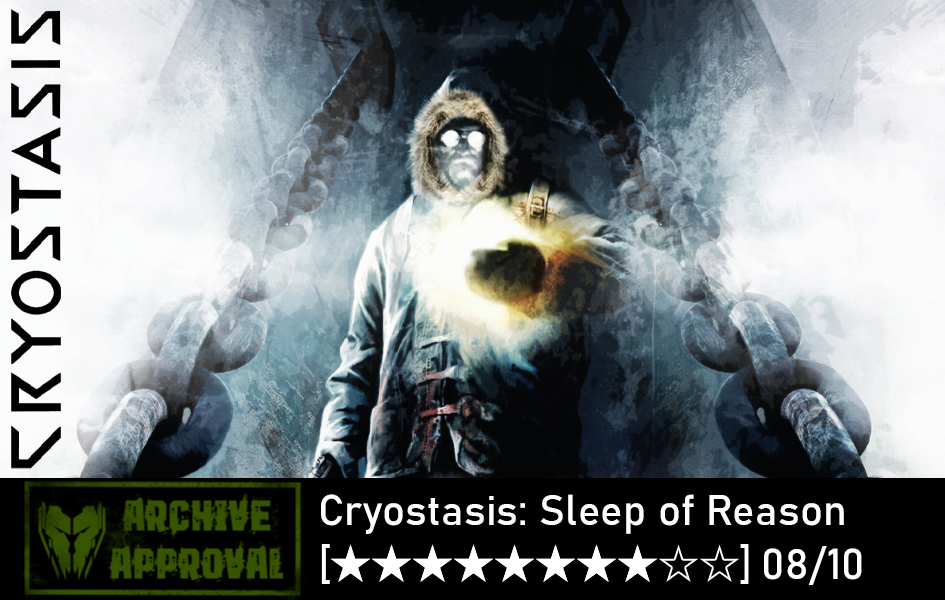














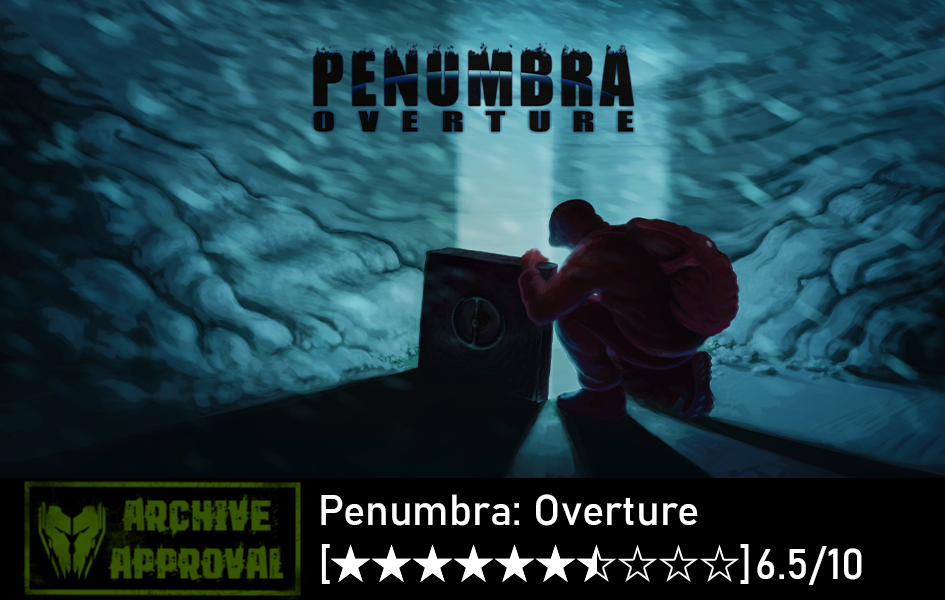
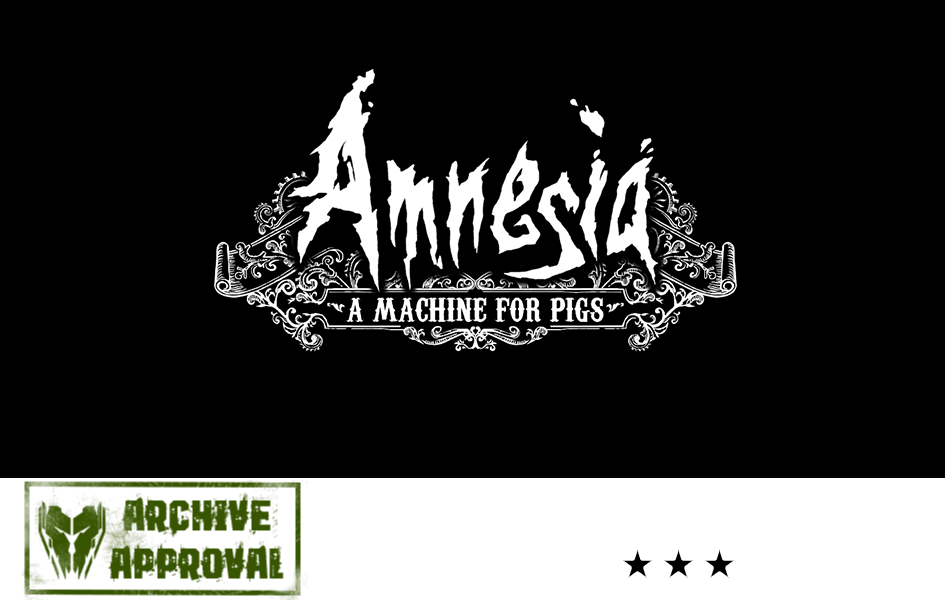

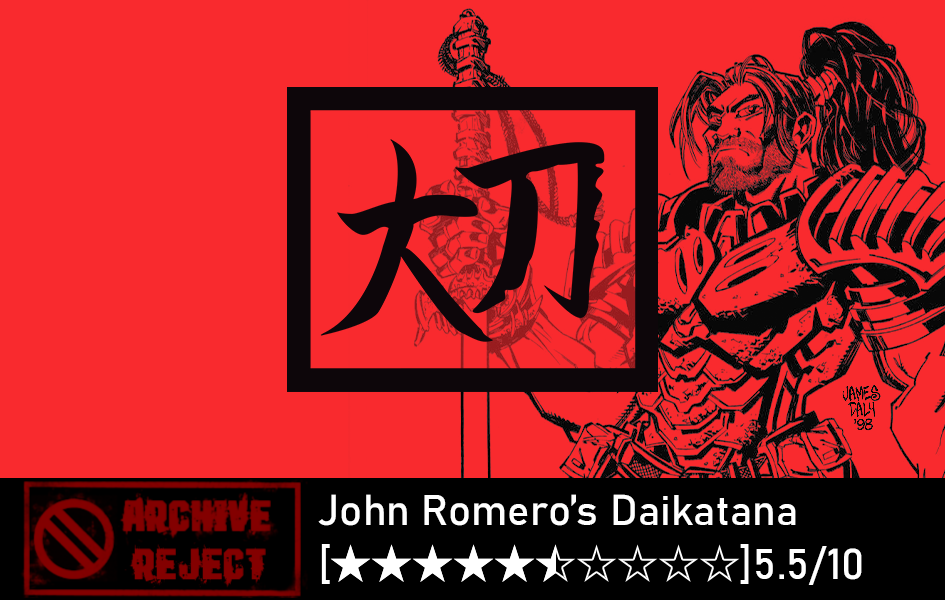
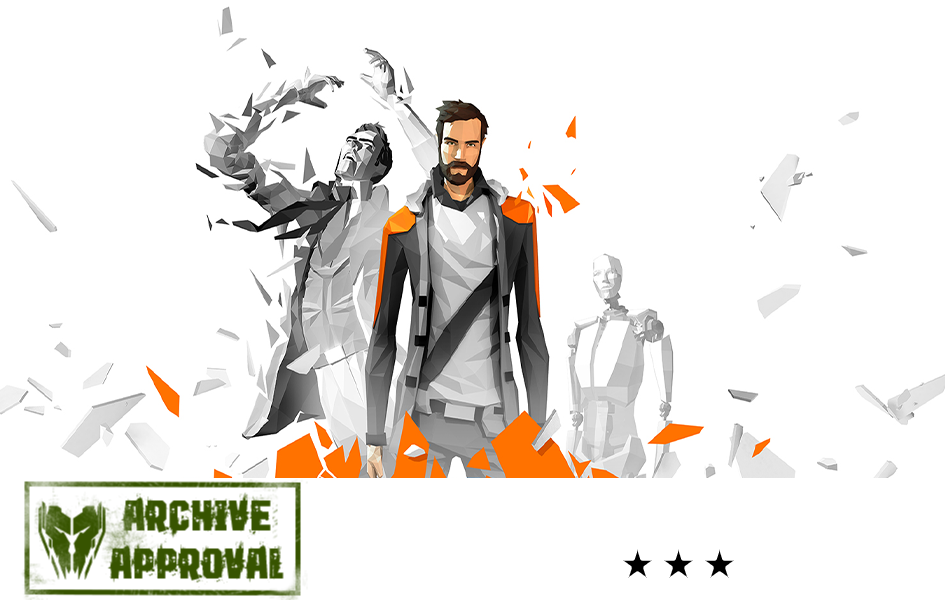
Comments
Post a Comment